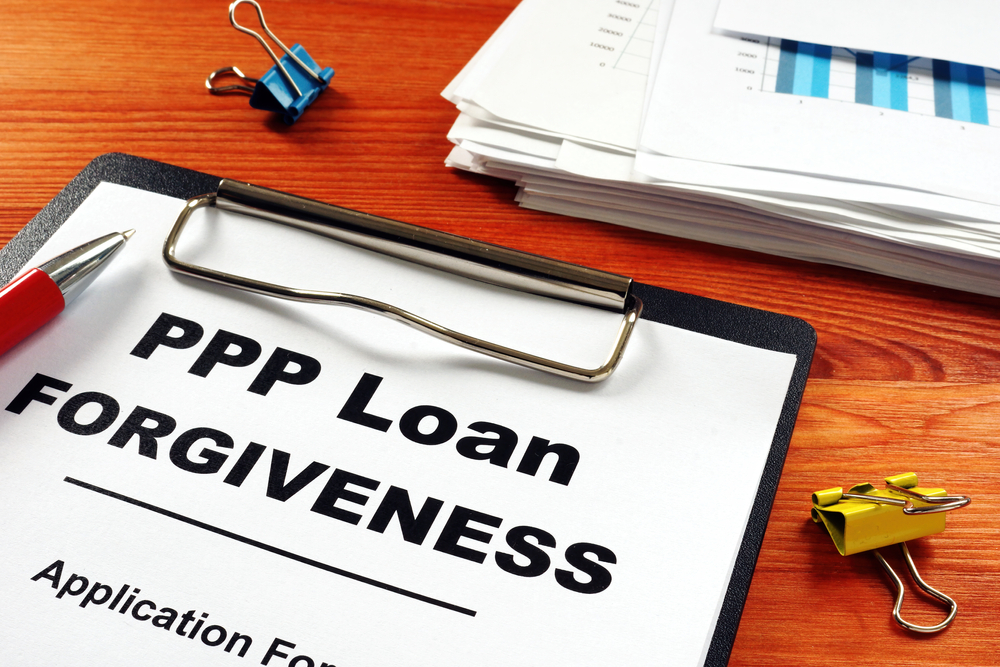More Paycheck Protection Program (PPP) Updates
by Michael L. Lauzon, CPA, MBA, Audit Partner
Posted on June 10, 2020
 There have been several important changes to the PPP process due to new legislation that was signed into law on June 5, 2020. (Please refer to the original article for a basic understanding of how the PPP was set up.) These new changes will have a major effect on the administration of the PPP funds and as a result non-profit organizations should pay close attention.
There have been several important changes to the PPP process due to new legislation that was signed into law on June 5, 2020. (Please refer to the original article for a basic understanding of how the PPP was set up.) These new changes will have a major effect on the administration of the PPP funds and as a result non-profit organizations should pay close attention.
The major changes are as follows:
- The original PPP legislation only allowed the receipts an eight-week period in which to meet the requirements to ensure full or partial forgiveness. The legislation now allows current borrowers an option to extend that period to 24 weeks or keep the original eight week period. New borrowers are given the 24-week period automatically. The funding provided is still based on the eight-week payroll period.
- The percentage of allowable non-payroll expenses, which still allows for 100% forgiveness, has been increased to 40% from 25%. This will allow your organization to have increased flexibility to pay rent, mortgage interest and other allowable non-payroll expenses. The definition of an eligible expense has not changed.
- The new legislation provides the following safe harbors from reductions in loan forgiveness:
- If the organization is unable to return to the same level of activity the organization was operating at before February 15, 2020, due to compliance with requirements or guidance issued between March 1, 2020 and December 31, 2020, issued by the secretary of Health and Human Services, Director of CDC or OSHA related to employee or client safety requirements due to COVID-19.
- If the organization is unable to rehire the individuals who were employees before February 15, 2020 or is unable to hire similarly qualified employees for unfilled positions before December 31, 2020.
- The maturity of the loan has been extended from two years to five years and the interest rate is unchanged from 1%.
- The deferral period for the organizations payment of principal, interest and fees on the PPP loans has been extended to 10 months after the end of organizations loan forgiveness covered period.
In addition, the Small Business Administration (SBA) has issued additional guidance that requires the organization to retain all documentation related to the PPP loan for six years. Presumably this allows the SBA to audit loans for at least six years and take appropriate action. All loans in excess of $2 million are subject to a review of compliance with the requirements of the PPP loan. If your organization’s loan is less than $2 million, the organization will have been deemed to have done the certification concerning the necessity of the loan request in good faith; however, the SBA has indicated that it could review all loans to determine eligibility and accurate calculations for the forgiveness amount. In order to ensure compliance and maximum forgiveness, the organization may want to utilize the services of an accountant, attorney or consultant with knowledge of the PPP loan process.
Continue to check the FAQ document issued by the SBA for updated guidance. Just a reminder although the best things in life might be free, there is no such thing as free money, so be sure that your organization is meeting the requirements for your PPP loan.
For a print-ready version of this article: Click here
